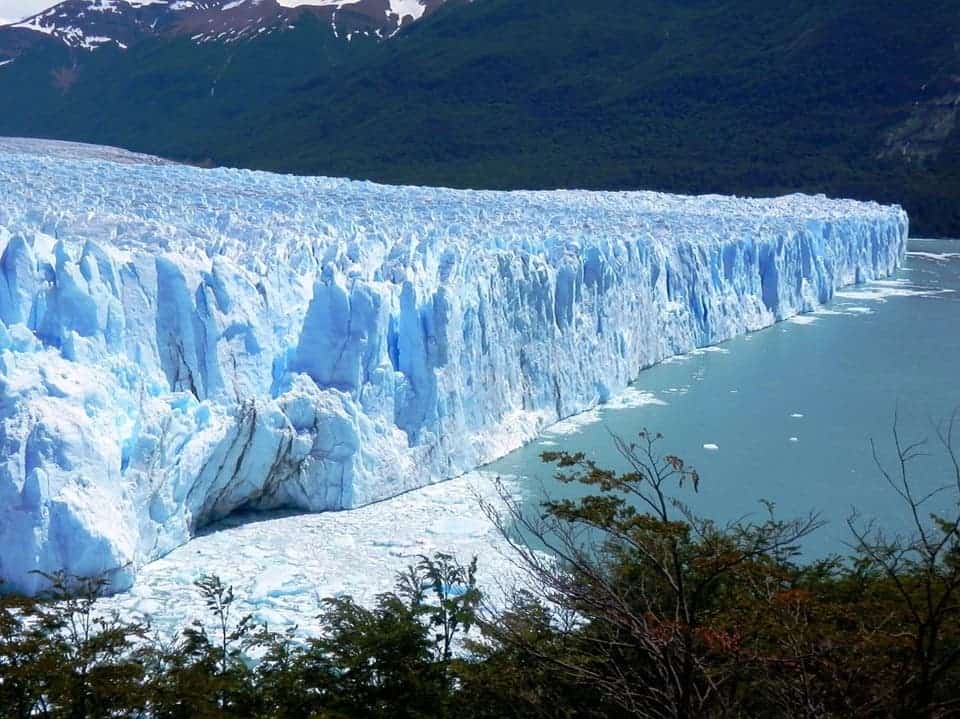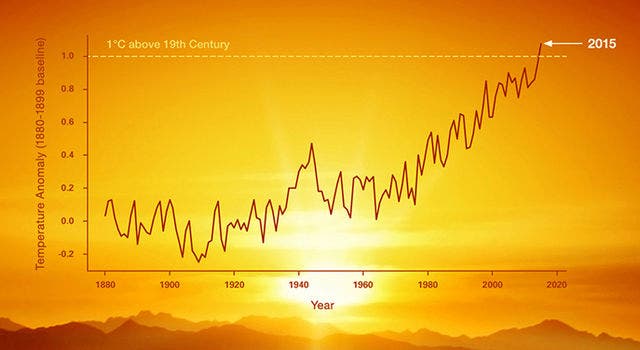A group of researchers has shown that even if we stop all our greenhouse gas emissions today, the melting of glaciers likely cannot be prevented in the 21st century. But this doesn’t mean we shouldn’t care, researchers warn.

One kilogram of CO2 emitted costs 15 kilograms of glacier ice
Ice melt is one of the best-studied effects of climate change. It’s only logical: temperatures rise, ice starts to melt. But it’s not as simple as that — climate change is a complex set of phenomena and the interplay of this phenomena is often challenging to gauge and predict.
For instance, ice has a high albedo — meaning it reflects much of the sunlight that hits it. When ice melts, it leaves behind it water or soil, which absorb more sunlight and heat the planet even more, creating a feedback loop.
Glaciers, in particular, are slow to react to climate change and their melting inertia is hard to offset. This means that in all realistic scenarios, glaciers will continue to melt all throughout this century.
“Glaciers react slowly to climatic changes. If, for example, we wanted to preserve the current volume of glacial ice, we would have to reach a temperature level from pre-industrial times, which is obviously not possible. In the past, greenhouse gas emissions have already triggered changes that can no longer be stopped. This also means that our current behaviour has an impact on the long-term evolution of the glaciers — we should be aware of this,” adds glaciologist Georg Kaser from the Institute of Atmospheric and Cryospheric Sciences at the University of Innsbruck and one of the lead authors of the study.

In the “Paris Agreement,” virtually all the countries in the world have agreed to limit the rise in global average temperature to significantly below 2°C, with the ambitious goal of keeping them at 1.5°C above pre-industrial levels.
“Around 36 percent of the ice still stored in glaciers today would melt even without further emissions of greenhouse gases. That means: more than a third of the glacier ice that still exists today in mountain glaciers can no longer be saved even with the most ambitious measures,” says Ben Marzeion.
But even this won’t stop ice from melting. But this doesn’t mean that the Paris Agreement (and in a broader sense, all efforts to reduce emissions) aren’t important — they are, more than ever.
In this study, researchers calculated that a single kilogram of CO2 emitted costs 15 kilograms of glacier ice. To put this in simpler terms, calculated on the basis of an average car newly registered in Germany in 2016, one kilogram of glacier ice is lost every five hundred meters by a car, clarifies Ben Marzeion, also an author of the paper. So every kilogram of carbon dioxide that we don’t emit, every kilometer we walk instead of drive can make a big difference. This will not only help limit temperature rise and ice melt but also help with other effects such as sea level rise, researchers explain in the study.
“Melting glaciers have a huge influence on the development of sea level rise,” said Georg Kaser from the University of Innsbruck.
Furthermore, while some ice will invariably melt in this century, keeping temperatures as low as possible will be immensely important for the world after 2100. Everything we do now will have an exponential effect in the long run, so even if we can’t stop the effects of climate change now, our efforts can ensure that they are stopped in the future. We owe it to both current and future generations to at least try.
As the ancient proverb goes: Society grows great when old men plant trees whose shade they know they shall never sit in.
Journal Reference: Ben Marzeion, Georg Kaser, Fabien Maussion, Nicolas Champollion. Limited Influence of climate change mitigation on short-term glacier mass loss. Nature Climate Change, 2018 DOI: 10.1038/s41558-018-0093-1


